LYDIA RUBIO
Showing at the 2025 Hudson Open Studio Holiday Art Markets
at Circle 46 Gallery & Creative Legion
Instagram | Website | Facebook
Lydia Rubio is the third-generation of Cuban women artists, she is an internationally established multidisciplinary visual artist with a 45-year studio practice focused on painting, artist books, and public art. Since 2018 she lives and works in Hudson.
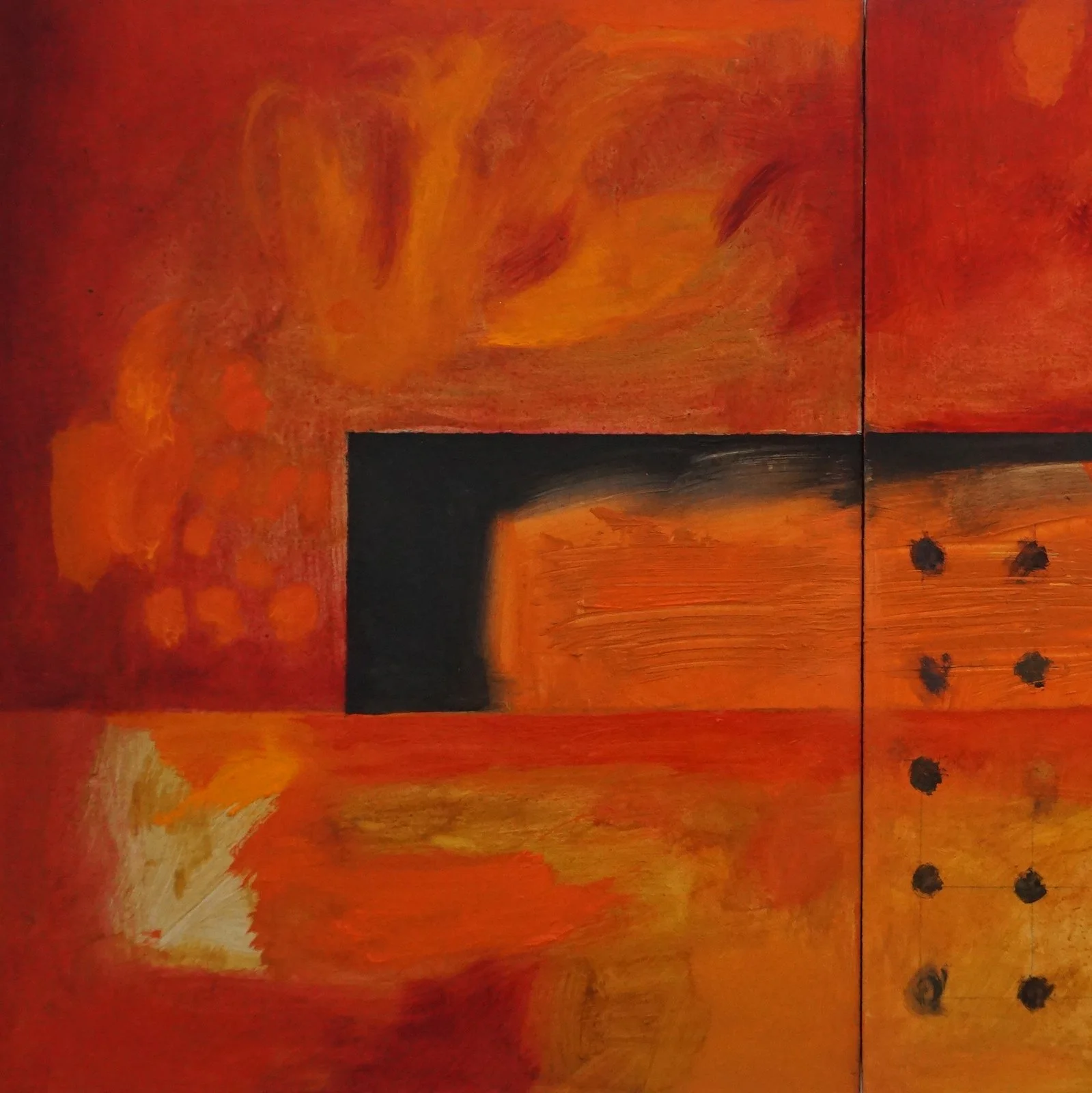
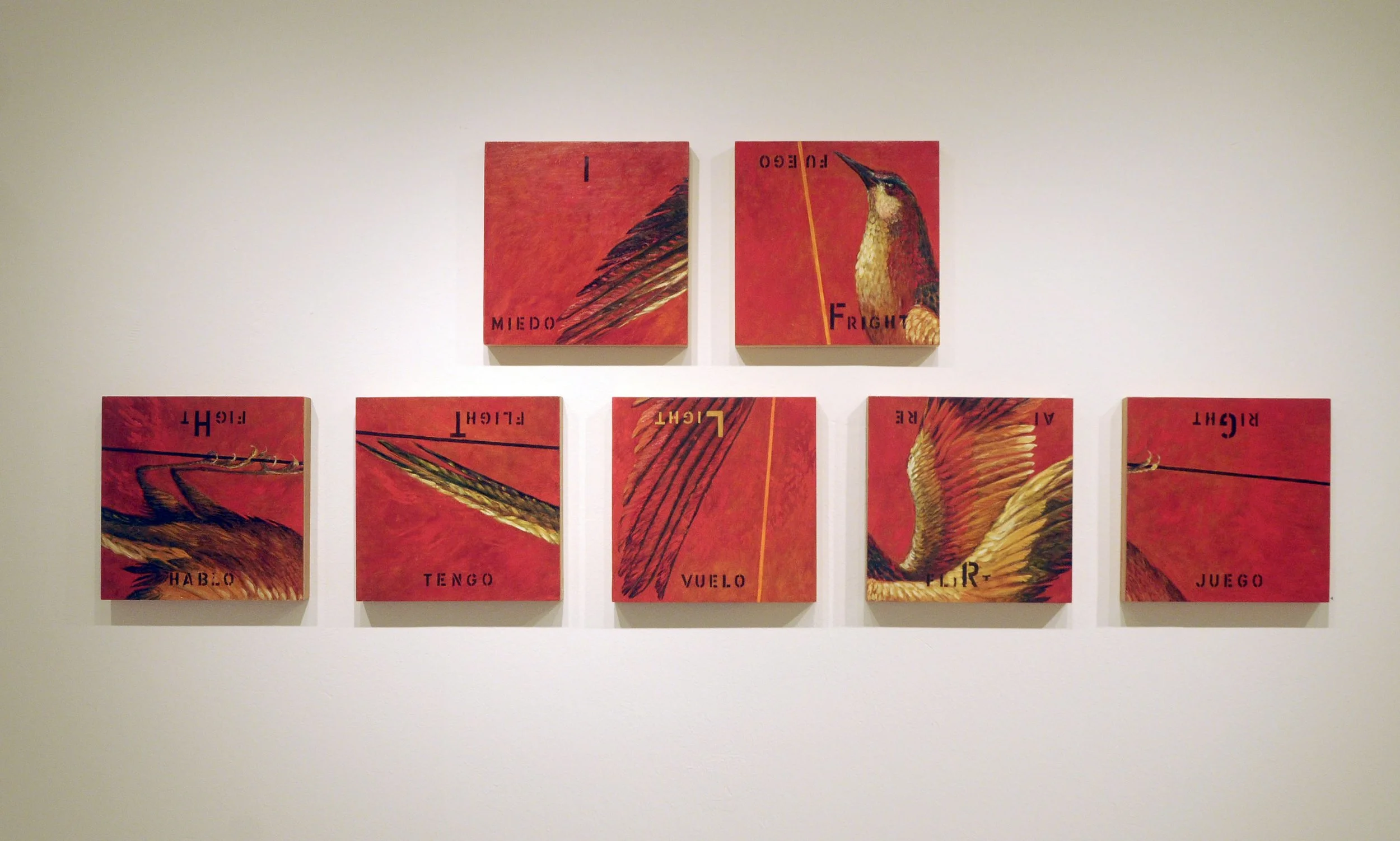
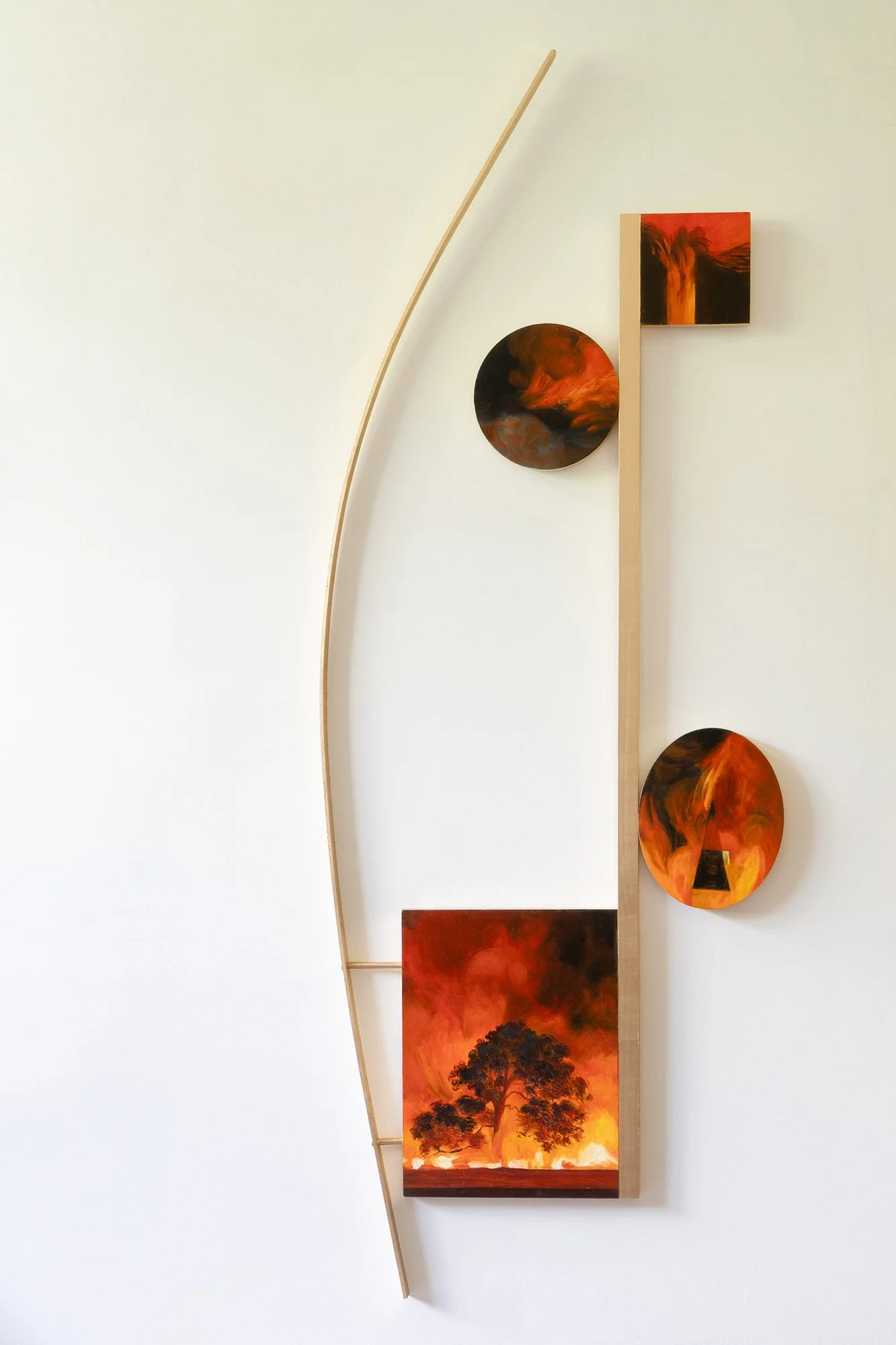
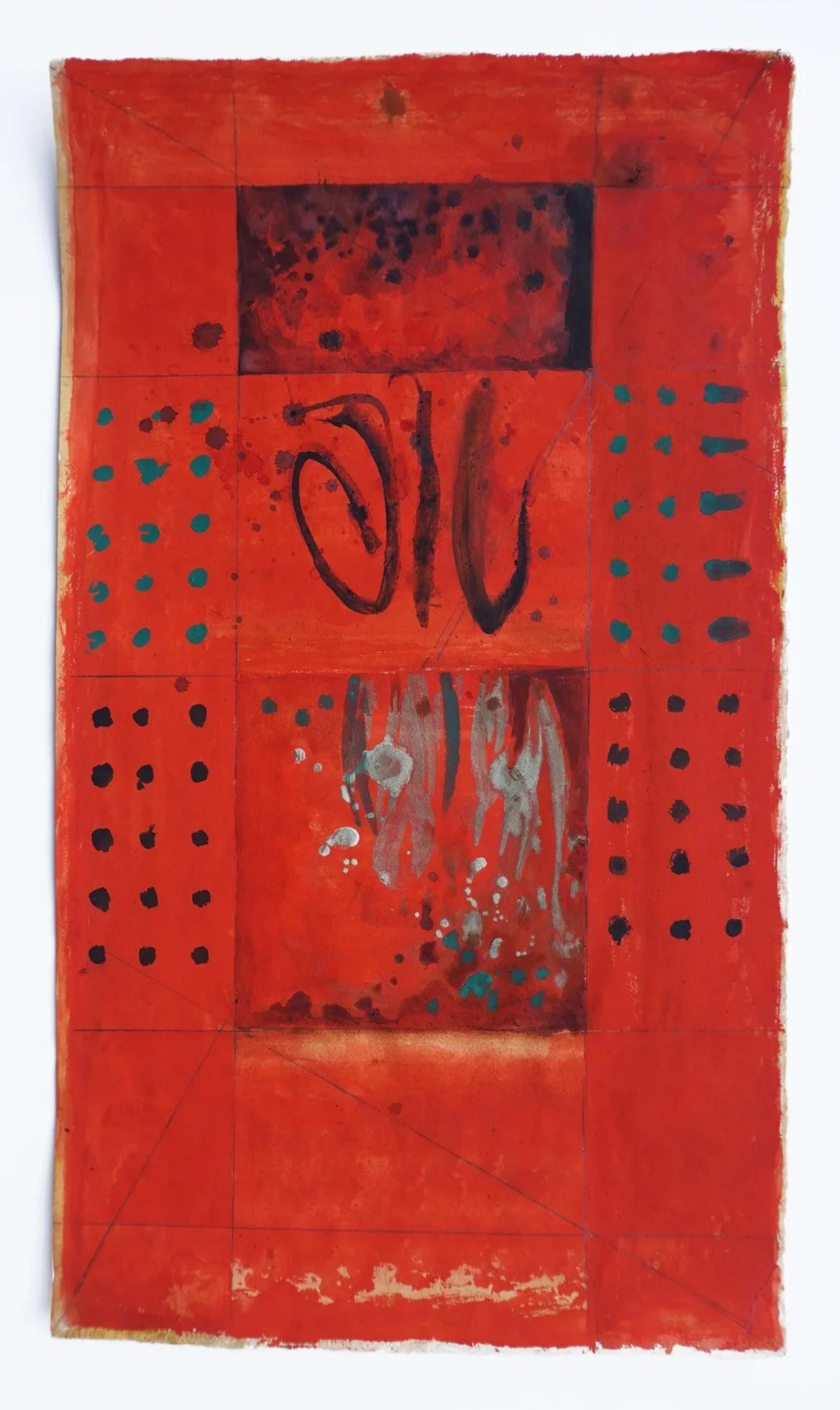
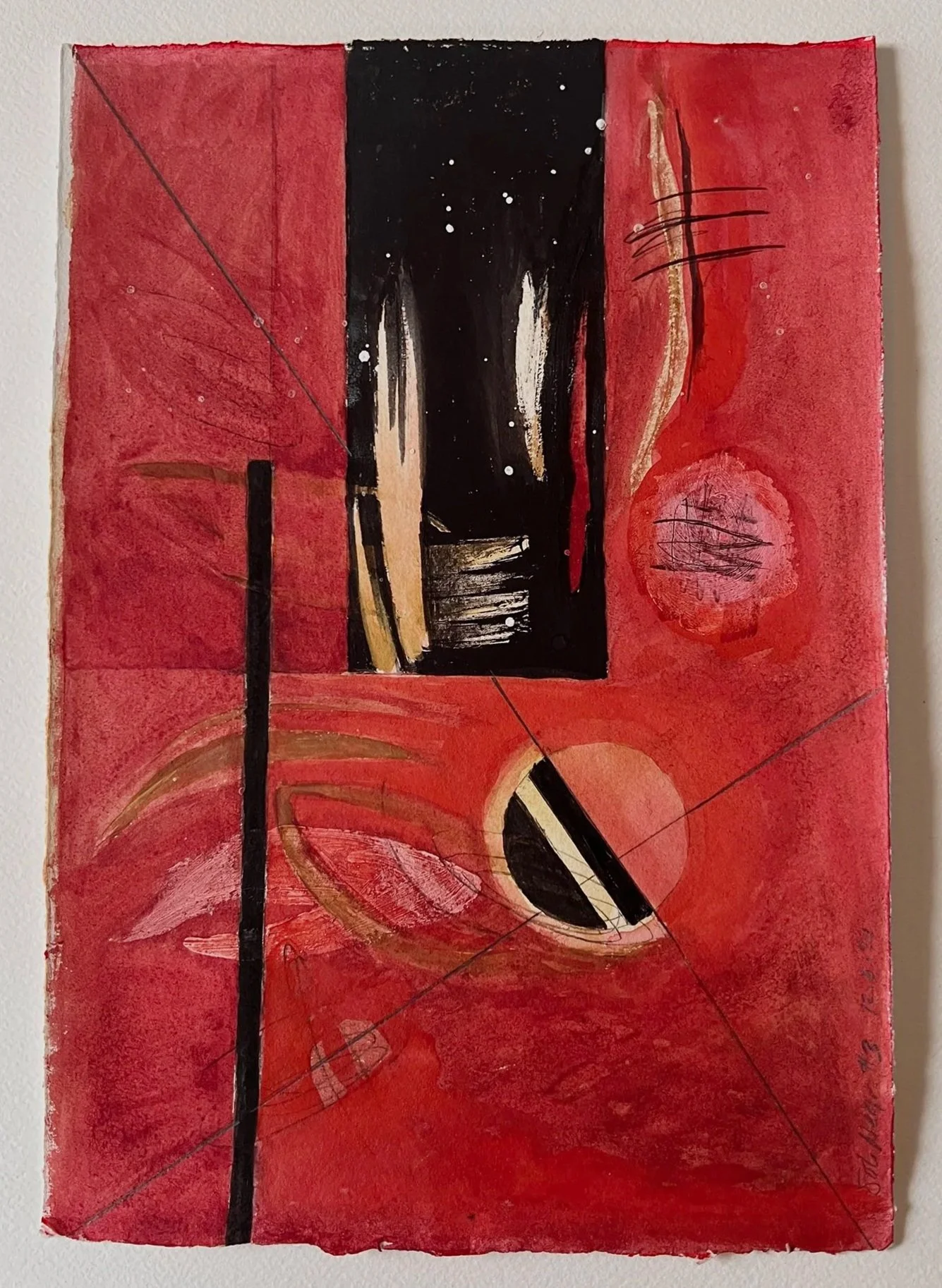
Artist Statement
My work navigates in a poetic interplay between the tangible and the abstract, often engaging in themes of memory, identity, and the natural environment. A balancing act between Apollonian and Dionysian, North and South American cultures, it expresses contrasting lived experiences.
“The Fire Next Time” and “The Fire Within” series explores the elements translated into reflections of the personal, cultural, and political. The titles chosen are inspired by James Baldwin’s “The Fire Next Time” a critique of racism, and Werner Herzog’s “The Fire Within” a tribute to two French scientists who perished in their pursuit of knowledge and passion for discovery. Fire can redeem or destroy. In today’s world, the presence of fire prevails.
